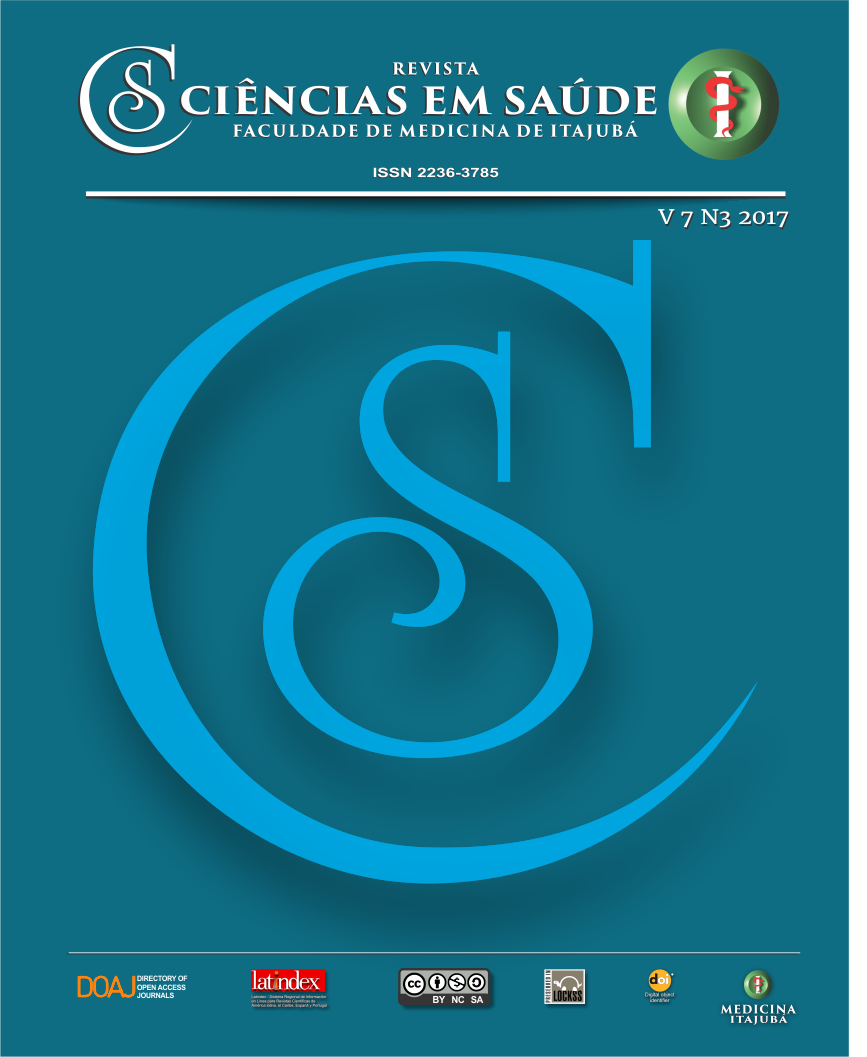La modelización en morfología y biología celular en el proceso de enseñanza-aprendizaje en las ciencias básicas en la formación médica / Modeling in morphology and cellular biology as a teaching-learning activity in basic sciences in the medical formation
Main Article Content
Abstract
RESUMEN
Introducción: Los procesos de enseñanza aprendizaje de las ciencias básicas tienen diferentes estrategias didácticas que permiten el desarrollo de las competencias de las asignaturas para la formación médica. Con el estudio teórico toda la tarea recae sobre la memoria y la imaginación, al contrario de lo que sucede si el trabajo se realiza de forma activa y las diferentes actividades realizadas requieren de todas las habilidades y sentidos. Objetivos: Evaluar el desempeño académico del estudiante cuando construye y sustenta un modelo tridimensional en las áreas de Biología Celular y Morfofisiología correlacionándolo con el examen oral. Métodos: Se realizó una encuesta de percepción estudiantil y se comparó con un t-student que permitió evaluar el impacto de la modelización en el rendimiento académico de los estudiantes. Resultados: La mediana del modelo fue de 3.38 y la mediana del examen oral fue de 3.75; existiendo una correlación del 84% entre la nota del modelo y el examen oral, con un coeficiente correlación de Pearson 0.85 con una p=0.000, estadísticamente significativa. Conclusión: La actividad académica de construcción de modelos tridimensionales en las áreas de Biología Celular y Morfofisiología para el desarrollo de la compresión de estructuras complejas mejora la capacidad de integración y argumentación de los contenidos de estas asignaturas.
Palabras-Clave: Modelización; Ciencias básicas; Proceso enseñanza-aprendizaje
ABSTRACT
Introduction: The learning processes of the basic sciences have different teaching strategies that allow the development of the competences of the subjects for the training of practioners. With the theoreti-cal study, the whole task falls on memory and imagination, unlike what happens if the work is done in an active way and the different activities performed require all the skills and senses. Aims: To evaluate the student's academic performance when constructing and sustaining a three-dimensional model in the areas of Cell Biology and Morphology and correlate these with the oral exam. Methods: A student perception survey was conducted and compared with the one of a T-student that allowed the evaluation of the impact of the modelling on students' academic per-formance. Results: The average of the model was 3.38 and the average of the oral test was 3.75. There was a correlation of 84% between the model note and the oral test, with a correlation coefficient of Pear-son of 0.85 with a statistical significance p=0.000. Conclusion: The academic activi-ty of construction of three-dimensional models in the areas of Cellular Biology and Morphology for the development of the compression of complex structures im-proves the capacity of integration and argumentation of the contents of these subjects.
Keywords: Modeling; Basic sciences; Teaching-learning process
Article Details
Authors maintain copyright and grant the HSJ the right to first publication. From 2024, the publications wiil be licensed under Attribution 4.0 International 
 , allowing their sharing, recognizing the authorship and initial publication in this journal.
, allowing their sharing, recognizing the authorship and initial publication in this journal.
Authors are authorized to assume additional contracts separately for the non-exclusive distribution of the version of the work published in this journal (e.g., publishing in an institutional repository or as a book chapter), with acknowledgment of authorship and initial publication in this journal.
Authors are encouraged to publish and distribute their work online (e.g., in institutional repositories or on their personal page) at any point after the editorial process.
Also, the AUTHOR is informed and consents that the HSJ can incorporate his article into existing or future scientific databases and indexers, under the conditions defined by the latter at all times, which will involve, at least, the possibility that the holders of these databases can perform the following actions on the article.
